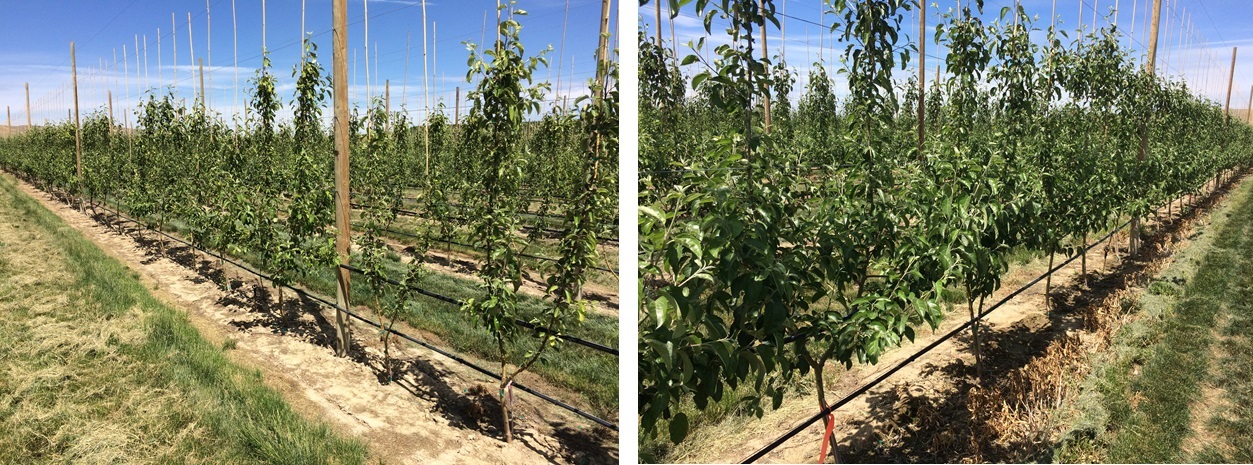Nitrogen And The 2013 Corn Crop
For many producers, the rush to get the corn crop planted this year meant abandoning or modifying plans to apply nitrogen before or after planting, or before tillage. According to University of Illinois crop sciences professor Emerson Nafziger, it is likely that many acres that have remained wet have not had a nitrogen application.
“Spring sampling has shown that, as expected, nitrogen left over after last year’s drought has moved down in the soil, and some of it has moved out of the field through tile lines following the rains this spring,” Nafziger said. “So, as is typical in Illinois, soils this spring had little nitrogen left over from last fall, and crops will need nitrogen from both soil organic matter and from fertilizer in order to meet its yield potential.”
Some growers may wonder whether or not nitrogen applied last fall or early this spring will be available for this year’s crop. Nafziger said some samples taken this spring following fall application show that a considerable amount remains in the top two feet of soil. “Much of it is in the nitrate form now, which is the form subject to movement down in the soil with water,” he explained. “In areas where rainfall has been heavy, it’s likely that some of this has moved down by now.”
If nitrogen has moved down in the soil, Nafziger said it does not necessarily mean that it will remain unavailable to the crop.
“If soils dry out in the coming weeks and roots can grow deeper, nitrogen will move with water to the roots, and can come from layers below the root zone,” he said. “If soils stay wet, however, roots will tend to remain shallow. This will limit upward movement of nitrogen and may also limit the ability of the crop to withstand periods of dry soils later in the season.”
While it is important to apply nitrogen before the crop becomes deficient, Nafziger said the chances are fairly small of having nitrogen deficiency early in corn planted into warm soils. “Nitrogen uptake is slow in small corn plants, and as soils warm up the mineralization process – the production of plant-available nitrogen from soil organic matter – kicks in. This process can provide as much as half the nitrogen needed by the crop in a season, especially in soils with high amounts of organic matter,” he added.
As corn crop growth kicks into high gear, the rapid growth will mean an increasing demand for nitrogen. “Mineralization is usually too slow to meet this demand, and the crop will need fertilizer nitrogen by the time it’s knee-high or so in order to prevent the loss of yield potential that comes from deficiency,” he said.
With this rapid growth, it is important to apply nitrogen as soon as possible, Nafziger said, but added that it makes little difference what form of fertilizer nitrogen is used, as long as care is taken to not injure the plants with the application of nitrogen solutions to the leaves. “Placing urea or UAN solution on the soil surface brings some risk of loss, but only if it stays dry for a week or so after application. Injecting UAN or using a urease inhibitor with either of these forms helps to protect the nitrogen from loss.”
What if growers are late in applying nitrogen to corn crops? Nafziger explained that later-applied nitrogen has little time in which to be lost before plant uptake begins. “This means lower overall loss potential and so less need to apply insurance amounts of nitrogen. As an example, a plan to split-apply nitrogen – right after planting and again at sidedress – might now be modified to apply less total nitrogen in a single application if the first application couldn’t be made before the crop emerged,” he said.
“Have we lost enough early-applied nitrogen to justify reapplying some amount, or applying more than we had planned to apply? In parts of western Illinois where May rainfall has been well above normal, losses through tile lines might be considerable, and it may make sense to increase the sidedress rate to replace some of any nitrogen previously applied,” Nafziger said.
The replacement rate should be tied to how much of the previously-applied nitrogen is likely to be, or to have been, in the nitrate form before rainfall events. Nafziger explained that the earlier the application and the more nitrogen applied as nitrate, the greater the potential for loss up to now. For ammonia applications made in early April, he said there is little reason to expect that a lot of nitrogen has been lost from the field.
Nitrogen loss is likely to be low or moderate in areas with normal rainfall in May. In these areas, Nafziger said it might be prudent to wait to see what the weather does over the next few weeks before applying additional nitrogen to those fields where it was applied early. “If it dries out and warms up, crop growth should take off and nitrogen supply should improve. If it returns to wet weather, especially warm and wet, then some supplemental nitrogen might be considered,” he said.






